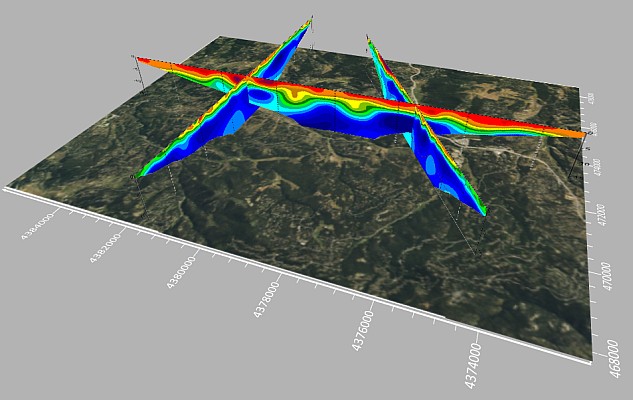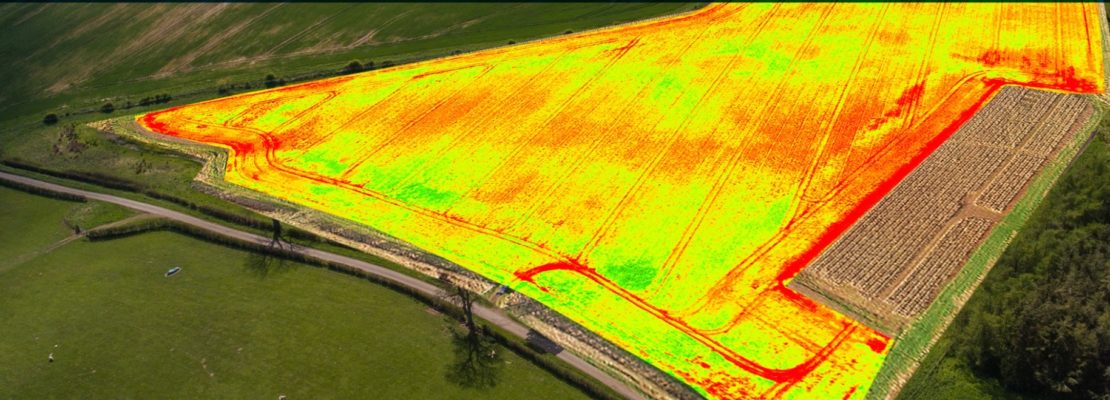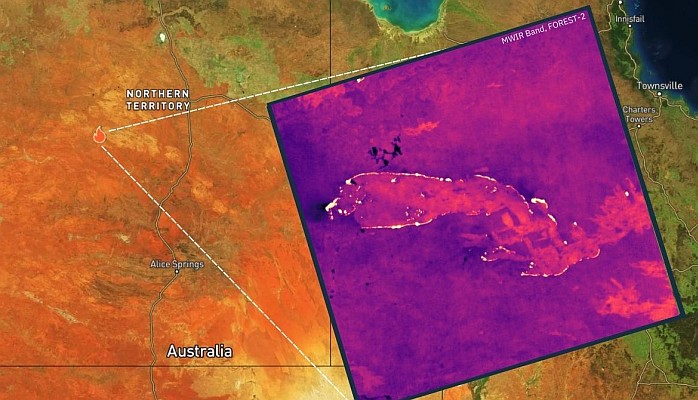The Open Geospatial Consortium (OGC(R)) membership has issued a Request for Comments on the OGC LandInfra Conceptual Model.
This document, the first public draft of the OGC’s proposed UML conceptual model for land parcels and the built environment, communicates the proposed intent and content of a new candidate OGC standard to be called the OGC InfraGML Encoding Standard. The UML conceptual model establishes a single set of consistent concepts that could be implemented in GML (as InfraGML) or in other encoding mechanisms.
After reviewing the existing LandXML format, the OGC Land and Infrastructure Domain Working Group (LandInfraDWG) decided that a fresh start standard was warranted. The new standard would have a use case driven subset of LandXML functionality, but it would be consistent with the OGC standards baseline, implemented with the OGC Geography Markup Language (GML), and supported by a Unified Model Language (UML) conceptual model. Called InfraGML, this new standard would: be supported by a recognized Standards Developing Organization, OGC align with existing OGC (and TC211 and SQL/MM) standards, including the OGC Modular Specification benefit from functionality already supported by GML, including features, geometry, coordinate reference systems, linear referencing, and surface modeling (TIN) initially focus on alignments/roads, survey, and land parcels, the subject areas for which there are identified needs and committed resources for development using modular extensions, be able to expand into other areas (e.g., “wet” infrastructure pipe networks) as resources become available be use-case driven be based on a UML conceptual model developed prior to any encoding, such as GML have more up-to-date functionality be synchronized with the concurrent efforts by buildingSMART International in their development of Infrastructure-based Industry Foundation Classes (IFCs), and be more easily integrated with TransXML and OGC CityGML.
The work on buildingSMART International’s IFC Alignment Extension has been carried out by their P6 project team in strong collaboration with OGC Land&Infra Group. The use cases and the conceptual model are results of the joint work.
“This cooperation between buildingSMART International and the OGC will make it possible for software to directly map IFC alignment models to InfraGML and vice versa,” explained Richard Petrie, chief executive of buildingSMART International. “This represents an important milestone in reaching our shared goal of vendor-neutral standards that enable integration of geospatial information and information about the built environment.”
Scott Simmons, Executive Director of the OGC Standards Program, said, “The joint coordination of OGC and buildingSMART International in developing this conceptual model is an example of the benefits of proactive engagement between Standards Development Organizations. Our working together will result in a standard better suited to both communities and we’ll accomplish this much more quickly than if we worked separately now and harmonized later.”
The OGC LandInfra Conceptual Model and Request for Comment are available at https://portal.opengeospatial.org/files/61594.
The OGC is an international consortium of more than 500 companies, government agencies, research organizations, and universities participating in a consensus process to develop publicly available geospatial standards. OGC standards support interoperable solutions that “geo-enable” the Web, wireless and location-based services, and mainstream IT. OGC standards empower technology developers to make geospatial information and services accessible and useful with any application that needs to be geospatially enabled. Visit the OGC website at http://www.opengeospatial.org/conta ct.






